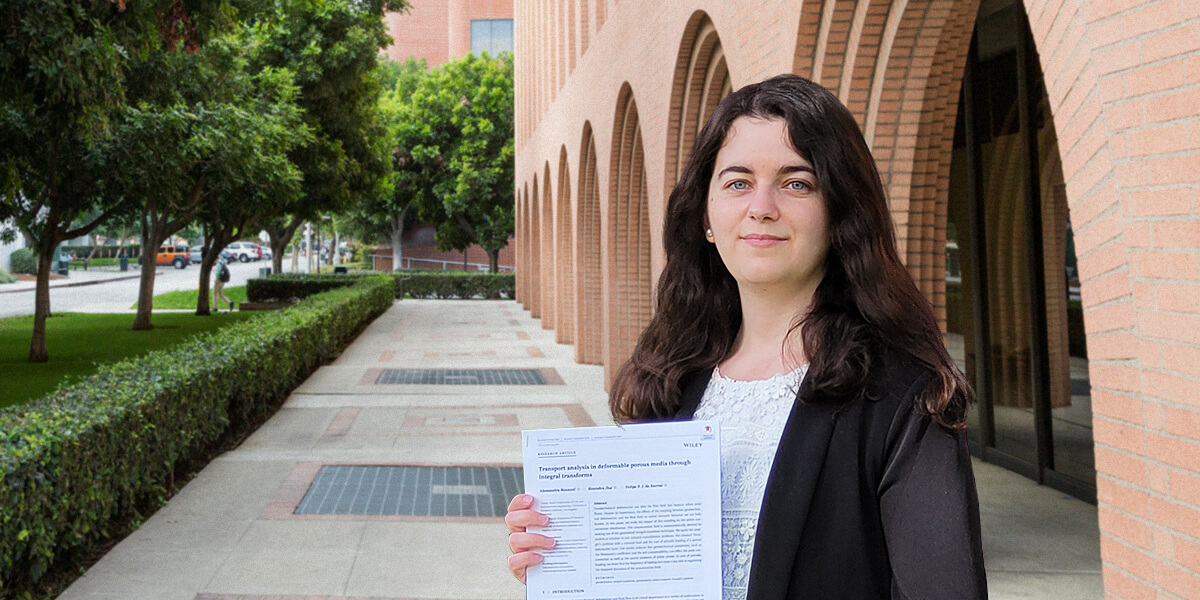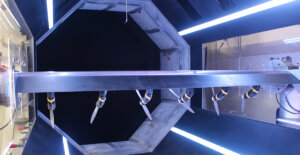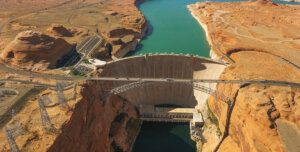
30 percent of California’s fresh water comes from the ground.
Nearly every resident of California has experienced an earthquake. Even the youngest schoolchildren have the safety procedure drilled into them: duck under a table, hold on, and pray that it’s only a small one. Barring a truly catastrophic quake, the situation usually ends there. You go on with your day as if nothing had happened, the near catastrophe completely forgotten.
Most people assume that the danger ends after the last remnants of the tremor share the ground. But there is a much more sinister side effect of earthquakes that affects daily life around California and much of the rest of the world: contaminating the groundwater supply.
Thirty percent of California’s fresh water comes from the ground; in many remote places it is the only source. Much comes from underground sources known as aquifers, in which a significant amount of water contained within the soil itself, like dishwater in a sponge.
Disruptions in the ground, a prime example being earthquakes, can significantly alter the natural flow of water through this sponge-like ground. This results in a nearly unpredictable spread of contaminants in the water supply.
Alessandra Bonazzi, a Ph.D. student at the USC Viterbi School of Engineering, has developed a revolutionary new method for studying these disruptions in groundwater flow.
Typically, these situations are studied using simulations, massive computer programs that take in data and create models of the disruption. The issue with this approach is that simulations rely on a significant amount of experimental data retrieved from the site of the disruption. Gathering that data can be expensive and time-consuming; unfortunately, time and money are precious resources when an entire community’s water supply could become contaminated at a moment’s notice.
When running simulations, engineers often use placeholder values for these data points—or they may ignore them altogether. When a placeholder is used, its often taken from an experiment in a completely different field. Not only do these inaccurate values skew the data, but the engineers analyzing the simulation have no idea how they skew the data, because they are inserted into the digital void of the simulation and are not seen again until the result is displayed.

Alessandra Bonazzi, PhD student at USC. Photo credit: Alessandra Bonazzi.
Bonazzi felt that this method of analysis was impractical for the real world, and set out to find a more elegant solution. Using some classical examples of geomechanics problems, she was able to derive mathematical algorithms that describe exactly how contaminants flow through the porous soil in situations like these.
“These equations used integral transforms that I had never encountered in my undergraduate or graduate studies,” comments Bonazzi. “I had to get familiar with them by solving these equations on pen and paper.”
Using mathematical analysis enables engineers studying these sites to get a clearer picture of exactly how certain parameters change the outcome of contaminant flow. If they are missing some data, they can use Bonazzi’s research to examine exactly how the assumptions they are making will affect the integrity of their data.
“We proved that these parameters do have an effect on how we manage resources and how we perform risk analysis, but they are usually neglected,” she explains. “Now you can look at one data point and say, ‘Oh if you increase this, then this result will also increase,’ and so on.”
This straightforward math ensures a speedy and efficient analysis of potentially disastrous situations like California earthquakes.
Bonazzi’s paper on her research, titled “Transport analysis in deformable porous media through integral transforms” was published in the September 2020 edition of the International Journal for Numerical and Analytical Methods in Geomechanics. Advising Bonazzi on her paper were professors Felipe de Barros of the Sonny Astani Department of Civil and Environmental Engineering and Birendra Jha of the Mork Family Department of Chemical Engineering and Materials Science.
“My work on this project was a piece of cake because Alessandra is brilliant and has a very analytical mind,” says de Barros. “She is pure rock n’ roll!”
Bonazzi received her undergraduate and graduate degrees from the University of Trento in Italy, and moved to USC after a recommendation from an advisor who knew de Barros. She immediately began work on this project after joining his lab, and completed the project within three years.
“Alessandra is the type of student I see having a very successful career,” says de Barros. “I hope I come across Alessandra in the future at a conference and say, ‘Hello Professor Bonazzi! How is your research group?’ That’s the future I envision for her.”
Published on April 7th, 2021
Last updated on December 7th, 2021












